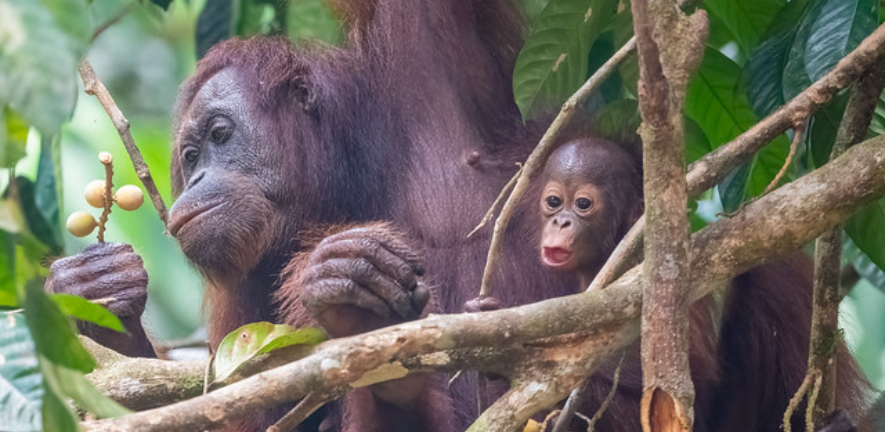
Human demands on the planet are growing rapidly, generating large-scale land-use change, climate change, and degradation of ecosystems. We are witnessing rapid losses of biodiversity, with consequences for humanity that are not fully understood.
Researchers in this theme aim to understand patterns of biodiversity and ecosystem change, to characterise pressures that are driving loss or degradation, and to identify the most effective and efficient responses, at every scale from local land management to international convention. Our work also confronts the challenge of balancing the conservation of biodiversity against the use of land for food production and seeks new alternatives for guaranteeing food security.
Groups and group leaders in this theme:
Image: Bornean orangutan (pongo pygmaeus) Danum Valley, Sabah, Malaysia. Photo: Prof. Daniel J. Field
